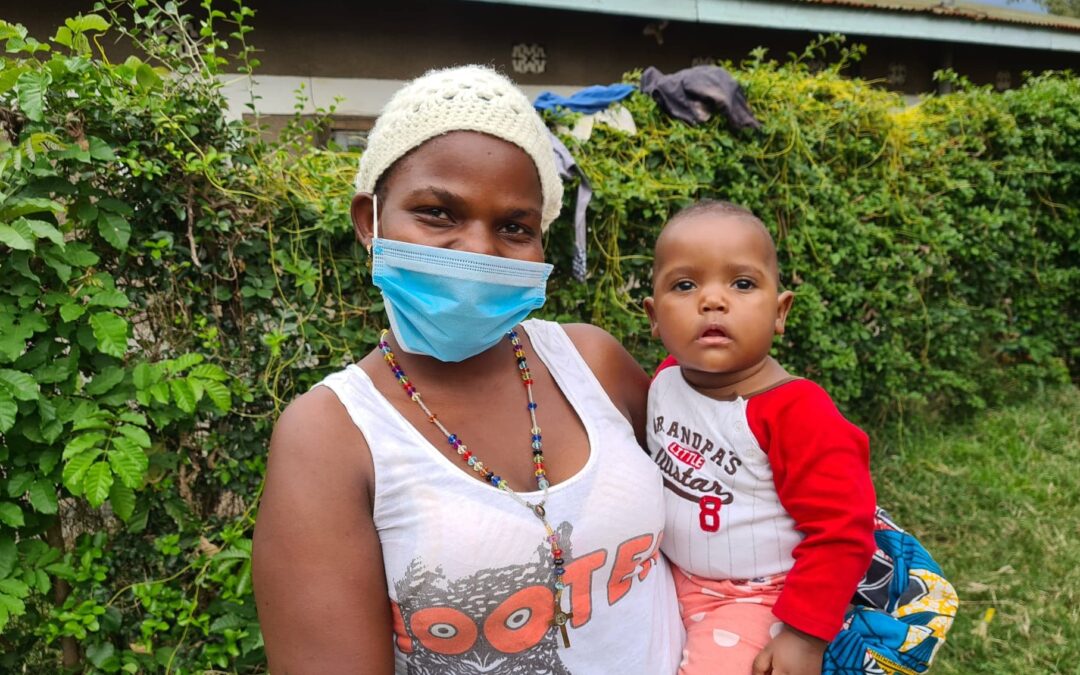
Sep 30, 2022 | Webinars
Rumours about the impact of the COVID-19 vaccines have persisted in the East and Southern African region (ESAR). To address these issues, the RCCE Media Dialogue Subgroup in ESAR invites specialists to talk about the relationship between COVID-19 vaccines and reproductive health. This webinar exchanges also with journalists about how they can approach these issues in their reporting on the COVID-19 pandemic.
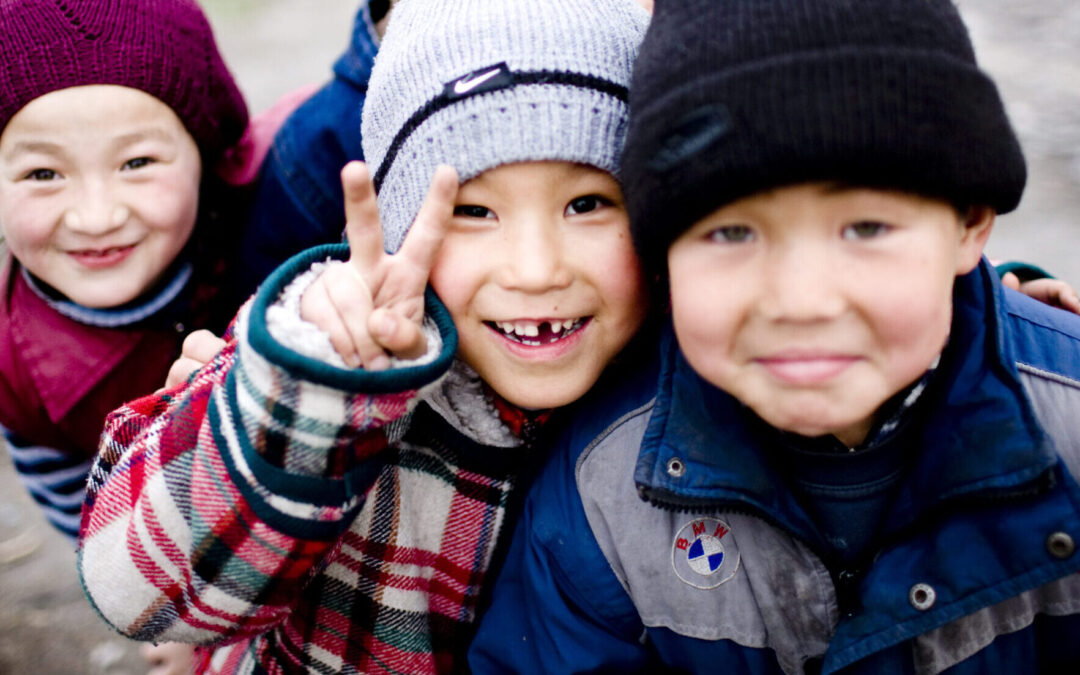
Sep 27, 2022 | Announcement
The Collective Service’s platform for rapid and in-depth support, the Collective Helpdesk, has been growing steadily since its launch earlier this year. The Helpdesk is a system that has been built to provide users with free technical expertise and resources on community-led response for public health outbreaks and humanitarian emergencies.
UK-Med, the READY Initiative, and the Public Health Agency of Canada, who are part of the Collective Service network, have now become contributing organizations of the Collective Helpdesk by extending their expertise and sharing resources on risk communication and community engagement.
UK-Med is a frontline medical aid charity based in the UK. Through its Register of medics who are rigorously trained for emergencies and its global network of health professionals, the charity is on-call to get to disaster zones at 24 hours’ notice and save lives.
The READY Initiative is augmenting capacity for non-governmental organizations to respond to large-scale infectious disease outbreaks. Led by Save the Children, the READY initiative is implemented in partnership with the Johns Hopkins Center for Communication Programs, which leads on the RCCE component of the project, and the Johns Hopkins Center for Humanitarian Health, UK-Med, and the Humanitarian Leadership Academy.
The Public Health Agency of Canada is part of the federal health portfolio of the Government of Canada. Its activities focus on preventing disease and injuries, responding to public health threats, promoting good physical and mental health, and providing information to support informed decision making.
The three organizations joined the Collective Helpdesk community of thematic experts that consists of UNICEF’s global Social Behavior Change and Accountability for Affected Populations teams, and the Collective Service Secretariat to truly make the platform a collective and collaborative service for users.
How to request support from the Collective Helpdesk?
Webpage | Email | Contact Form | Knowledge Base
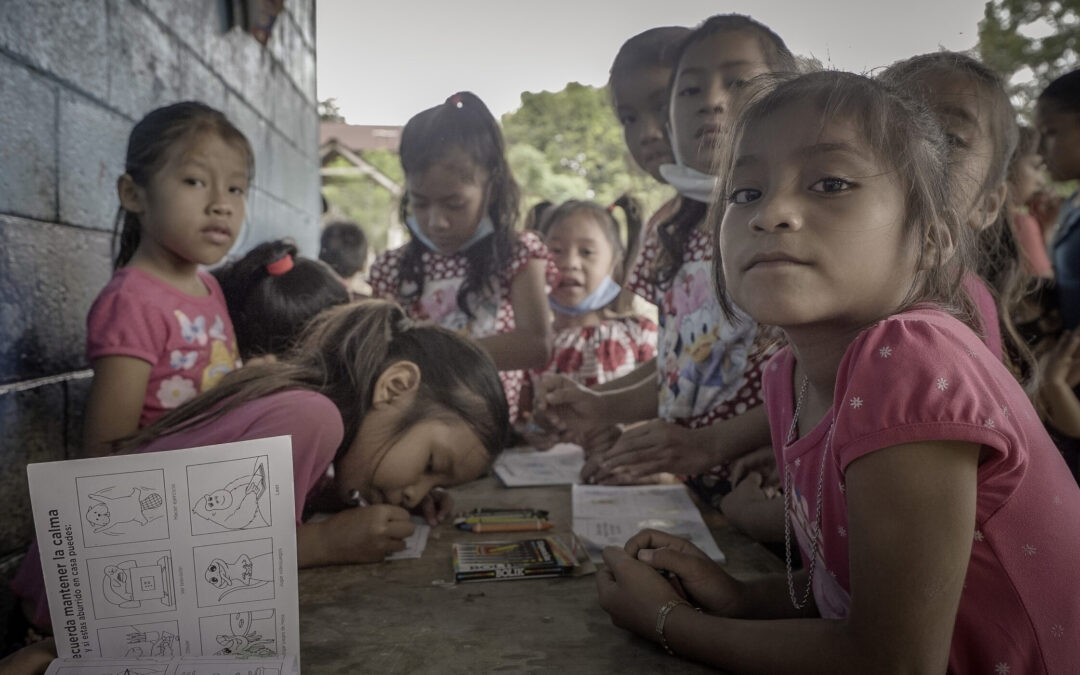
Sep 27, 2022 | Opportunities
The Collective Helpdesk, is offering social behaviour change and social science support for a limited period of time.
What is on offer?
Rapid and in-depth support for SBC and social science for Latin America and the Caribbean in English and Spanish for a limited period of time.
Who can benefit from this support?
Anyone from NGOs, CSOs, government ministries, academics, or international organizations who need assistance for social science on community-led responses.
How to reach out to the Collective Helpdesk?
Webpage | Email | Contact Form | Knowledge Base
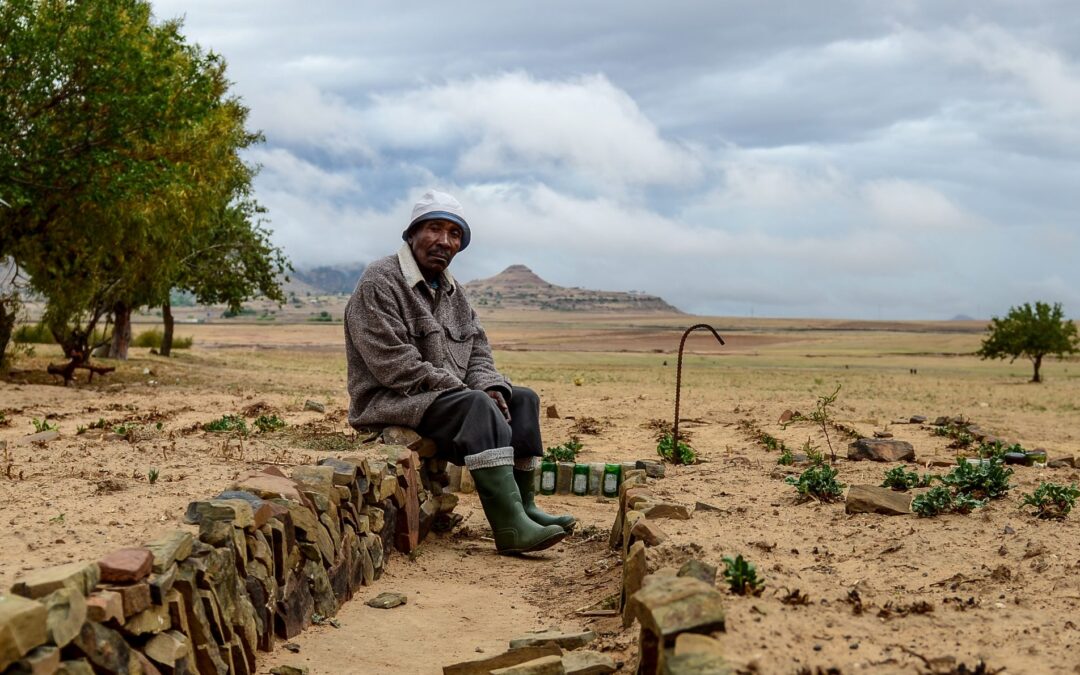
Sep 13, 2022 | Announcement
Community Engagement and Accountability resources on the drought and food insecurity situation in the Horn of Africa.

